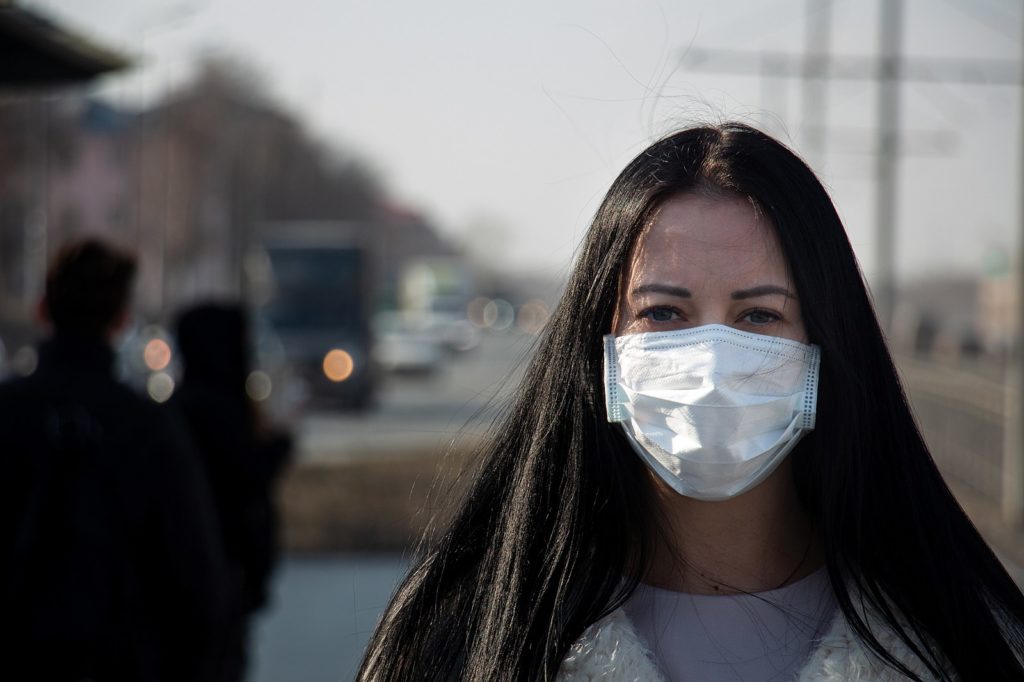People change their behavior when they are given clear information about risks.
There’s an intense, often ugly debate over the response to the COVID-19 pandemic. In broad brushstrokes, some contend that the lower-than-predicted death toll proves the models forecasting massive fatalities were needlessly sensational. Some even suggest they were deliberately so, to scare politicians, including President Trump, into taking drastic and unnecessary action.
My American Enterprise Institute colleague Lyman Stone, an economist based in Hong Kong, makes the case that the essential variable in “flattening the curve” isn’t central planning but behavior change…
People change their behavior when they are given clear information about risks. Various countries have flattened the curve of COVID-19 cases in different ways, Stone explained on my podcast, The Remnant… “But what we’ve seen in every country is that what really does it is information,” Stone said.
Information doesn’t just come from governments. The death tolls in Italy and New York probably did more to change behavior on the ground than all of Trump’s press conferences or Dr. Anthony Fauci’s TV appearances.
And this raises another complication for those who think the government can just “re-open” the economy with the flick of a switch. Trump and all of the governors could lift the stay-at-home orders and federal advisories tomorrow. That wouldn’t necessarily fill the restaurants, airplanes, or stadiums. People would still need to be convinced it’s safe. Such persuasion comes via clear, believable information, not orders from on high.
Read the full essay by Jonah Goldberg in the National Review here: https://www.nationalreview.com/2020/04/coronavirus-response-change-behavior-led-curve-flattening/
